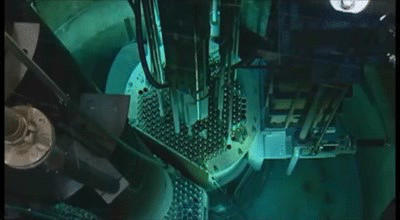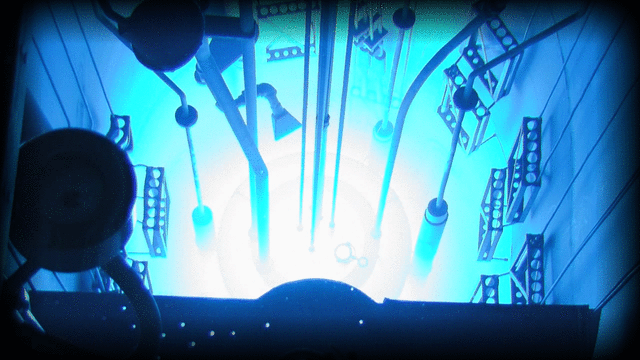Today (July 28, 1904) is the Birthday of Pavel Alekseyevich Cherenkov, winner of the Nobel Prize for his discovery of the Vavilov-Cherenkov effect and electromagnetic wave.

Pavel Alekseyevich Cherenkov was born on July 28, 1904, in the small village of Novaya Zikla to Alexei Cherenkov and Maria Cherenkov. The city is located in the Voronezh Oblast of present-day Russia. In 1928, he graduated from the State University of Voronezh with a degree in physics and mathematics. In 1930, Lepadev received a position as a senior researcher at the Institute of Physics. In the same year he married Maria Putinseva, daughter of A.M. Putinsev, Professor of Russian Literature. Cherenkov was promoted to division head. He was awarded a doctorate in physics and mathematics in 1940. In 1953, he was confirmed Professor of Experimental Physics. Beginning in 1959, he headed the photo-mission company's process laboratory. He was a professor for fourteen years. In 1970, he became an educator at the USSR Academy of Sciences.

In 1934, S.C. I. While working under Vavilov, Cherenkov noticed a radioactive bomb emitting blue light from a bottle of water. This phenomenon, which is related to charged atomic particles moving faster than the phase speed of light, is of great importance in subsequent experimental work in nuclear physics and in the study of cosmic rays. Nominally, it was called the Cherenkov effect, much like the Cherenkov detector. It has become a standard tool in nuclear research to monitor the presence and velocity of high-velocity particles. The Vavilov-Cherenkov effect is the electromagnetic wave emitted when a charged electron-like particle travels at a speed greater than the directional velocity of light waves in a transmitting medium. Cherenkov won the Nobel Prize in 1958 for this discovery.


Cherenkov radiation does not propagate in all directions like normal light waves. But it spreads in the form of a cone. The axis of this cone is aligned with the direction of motion of the particles. The angle of the cone, more precisely, depends on the directional velocity of the particles and the number of light waves at a given wavelength in the medium. So this type of radiation helps to see the velocity of charged particles such as electrons, protons, mesons, etc. The concentration of these rays increases as the velocity of the resulting particle increases. And this concentration is in direct proportion to twice the charge of the particles. Pavel Cherenkov shared on the development and construction of electron accelerators and the investigation of photo-nuclear and photo-mission reactions.



In 1977 he was awarded the USSR State Prize. In 1958, he was awarded the Nobel Prize in Physics. Cherenkov's discovery of the effect earned him the title of Hero of the Socialist Workers of the Soviet Union in 1984. Cherenkov was a member of the Communist Party of the Soviet Union. Nobel laureate Pavel Alekseyevich Cherenkov passed away in Moscow on January 6, 1990, at the age of 85. Novodevich was buried in the cemetery.
Source By: Wikipedia
Information: Ramesh, Assistant Professor of Physics, Nehru Memorial College, Puthanampatti, Trichy.
Get information like this



.jpg)
No comments:
Post a Comment